
Asociación Peruano Japonesa
@APJThe Japanese Peruvian Association (Asociación Peruano Japonesa, APJ) is a nonprofit organization that brings together and represents Japanese citizens who live in Peru and their descendants, as well as their institutions.
Updated May 2009
Stories from This Author
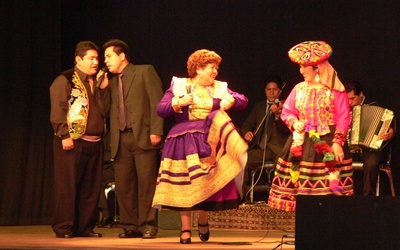
La Princesita del Perú: Angélica Harada cumple 50 años de vida artística - Parte 2
Feb. 22, 2011 • Enrique Higa Sakuda , Asociación Peruano Japonesa
Parte 1 >> ¿Cómo llegó a la colonia japonesa? A mí me llevó (Luis) Toyama, él era presidente del Centro Universitario Nikkei. Me llevó a la colonia para enseñar. Él metió en la colonia talleres folclóricos, como también toda la música peruana. Para entonces la actividad era en Perú Shimpo, en jirón Puno. El auditorio que había en el tercer piso. Sí. Ahí actué como dos o tres veces. Después él dijo “hay que formar un grupo de danzas peruanas”. …
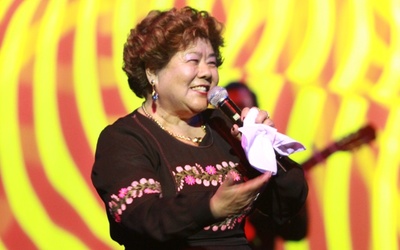
La Princesita del Perú: Angélica Harada cumple 50 años de vida artística - Parte 1
Feb. 15, 2011 • Enrique Higa Sakuda , Asociación Peruano Japonesa
El 2010 fue un año especial para Angélica Harada, pues coronó medio siglo de una exitosa trayectoria entregada en cuerpo y alma al folclore peruano. Mientras preparaba el espectáculo que se presentó en noviembre por sus Bodas de Oro, la Princesita de Yungay nos recibió en su casa para compartir sus recuerdos. Cuando mira hacia atrás, sus cincuenta años de carrera artística, ¿qué es lo que la hace sentir más orgullosa? La pregunta es muy bonita. Yo veo hacia atrás …
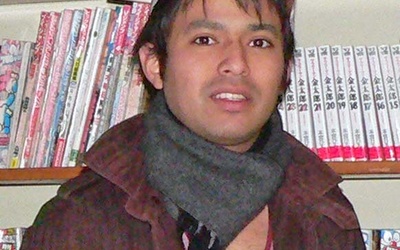
Children of Dekasegi, Bilingual and Educated in Japan: The New Generation of Nikkei - Part 2
Nov. 24, 2010 • Enrique Higa Sakuda , Asociación Peruano Japonesa
Part 1 >> How difficult was it to return to your lives in Peru? Was it a shock, or did you both get used to quickly?JBK: It was a big shock for me because I didn’t speak Spanish. The first months, the first year, I didn’t have a way to communicate with people, including, for example, with my aunts; I always had a dictionary in my hand. In addition to this, I would leave my house for a walk and …
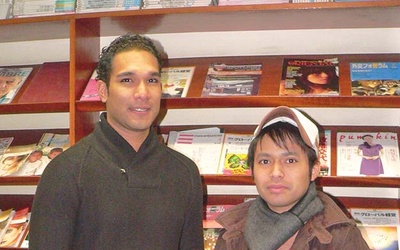
Children of Dekasegi, Bilingual and Educated in Japan: The New Generation of Nikkei - Part 1
Nov. 17, 2010 • Enrique Higa Sakuda , Asociación Peruano Japonesa
José Iraha Flores is twenty-three years old and studies communications in the University of Lima. José Bravo Kohatsu is twenty-six and works in the Japanese consulate. Both are children of dekasegi1 who were born in Peru but raised and educated in Japan where they learned Japanese. Why did they return to Peru? Do they miss Japan? We wil explore these and other questions with them. You went to Japan as young children and were educated there. Afterwards you returned to …
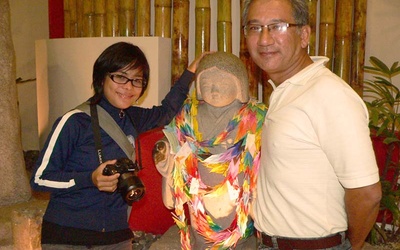
It’s good to say “I’m Nikkei” because I am part of something - Part 3
Nov. 9, 2010 • Enrique Higa Sakuda , Asociación Peruano Japonesa
Part 2 >> The Nikkei in Peru Kaori is impressed by the way the Nikkei community in Peru has preserved its identity. “What I really find admirable is that there is a place (Japanese-Peruvian Cultural Center) that seeks to maintain the Nikkei identity in some fashion; there’s no reason to analyze something which is always present: What it means to be Nikkei. Even offering a class on taiko is important enough. It’s like a down payment of sorts; if afterward you want …
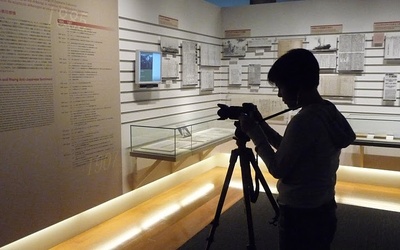
It’s good to say “I’m Nikkei” because I am part of something - Part 2
Nov. 2, 2010 • Enrique Higa Sakuda , Asociación Peruano Japonesa
Part 1 >> Nikkei Identity Kaori was raised by her grandmother in a Japanese environment. “Our relationship within our Japanese home was one of constant silence; it took just a simple stare of disapproval to know that I did something wrong. My grandmother did not have to say anything for me to run away. This kind of Japanese behavior is a sign of environment rather than verbal rules,” she recalled. Just like any typical Japanese home, you are taught by example, not …
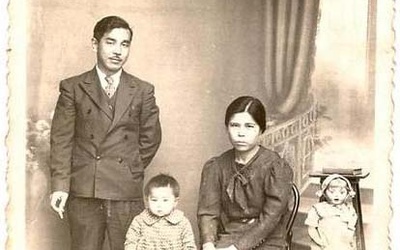
It’s good to say “I’m Nikkei” because I am part of something - Part 1
Oct. 26, 2010 • Enrique Higa Sakuda , Asociación Peruano Japonesa
Two years ago a photograph changed Kaori Flores Yonekura’s life, a Venezuelan filmmaker whose grandparents were Japanese. It was a photo of Mr. Takeuchi, who at the time of the photograph was president of the Nikkei Association of Venezuela. What was it about the photograph that changed Kaori? It showed some Japanese dressed in rural garb and eating arepas (bread made of corn flour) on a hillside. Kaori discovered that the people in the photograph were in Ocumare del Tuy, …

El poder del Manga - parte 2
Oct. 20, 2010 • José Antonio “Chiqui” Vilca , Asociación Peruano Japonesa
>>Parte 1El manga en la actualidad es una de las corrientes gráficas y estéticas de mayor poder de convocatoria¿Cuáles son los autores de manga que sientes te han influenciado de una mayor forma? El principal y maestro de tantos, autor al que admiro por la calidad de sus historias, la narración, lo increíble de su puesta en página y tanto que ha demostrado con su arte es Osamu Tezuka sensei. Luego admiro el arte de tantos, pero si debo resumir …

El poder del Manga - parte 1
Oct. 19, 2010 • José Antonio “Chiqui” Vilca , Asociación Peruano Japonesa
El manga ya no tiene fronteras. Ha dejado de ser exclusivamente japonés para insertarse en una estética global. Así lo comenta Walther Taborda, uno de los principales productores de historietas en Latinoamérica, que visitará Lima con ocasión de la Feria Internacional del Libro.* Manga, particular palabra que identifica la historieta japonesa, encierra algo más que la traducción de un término técnico. El manga implica mucho más, por ejemplo cubre un rango de temas tan diferentes como la cocina, deportes, cuidado …

Puente entre dos culturas
July 19, 2010 • Enrique Higa Sakuda , Asociación Peruano Japonesa
Década de 1960. Atrás habían quedado los dolorosos tiempos de la guerra. La colonia japonesa había volteado la página y comenzaba a despegar. Sus negocios prosperaban y los hijos de los inmigrantes japoneses acaparaban los primeros puestos en los colegios o sobresalían en las universidades. Sin embargo, la Sociedad Central Japonesa, la institución que representaba y velaba por el bienestar de los japoneses y sus descendientes en el Perú (hoy Asociación Peruano Japonesa), no tenía un espacio a la altura …





